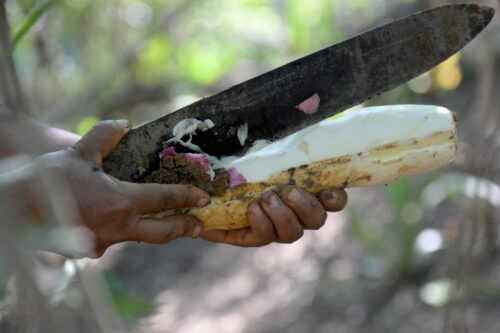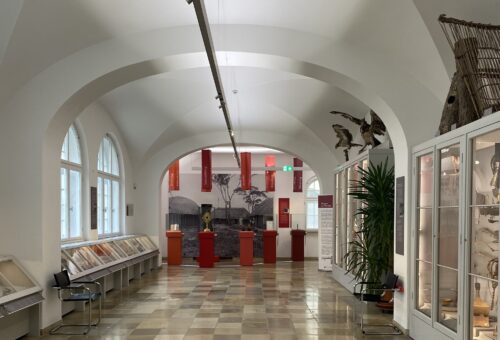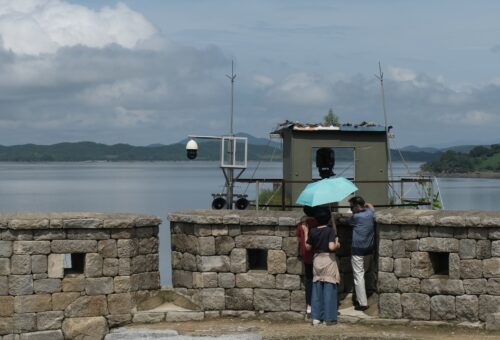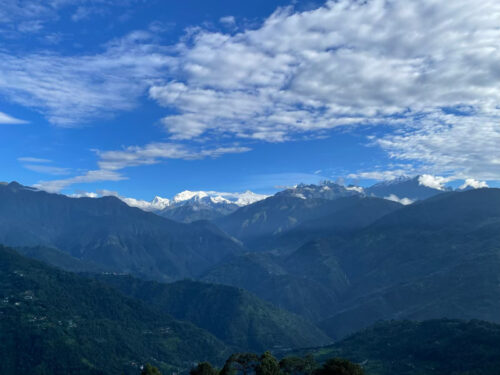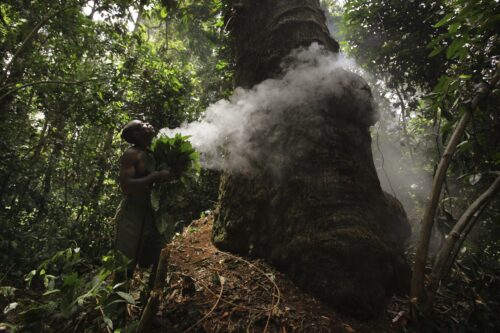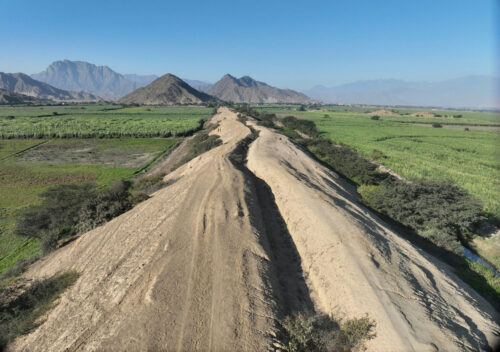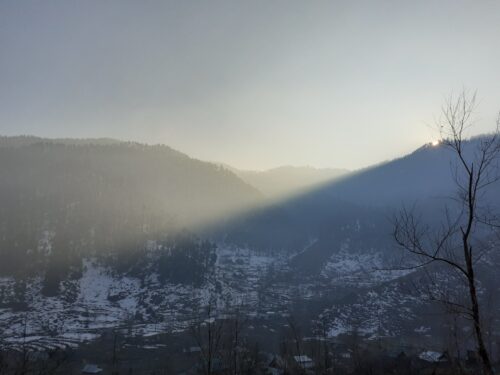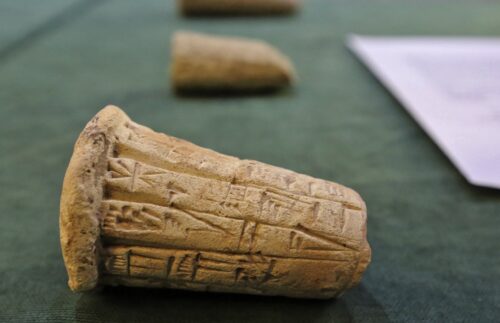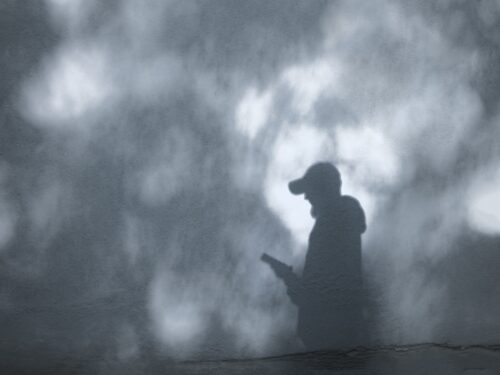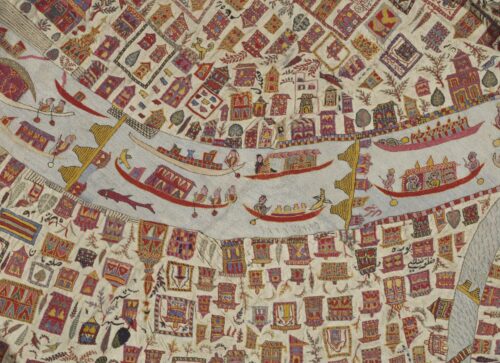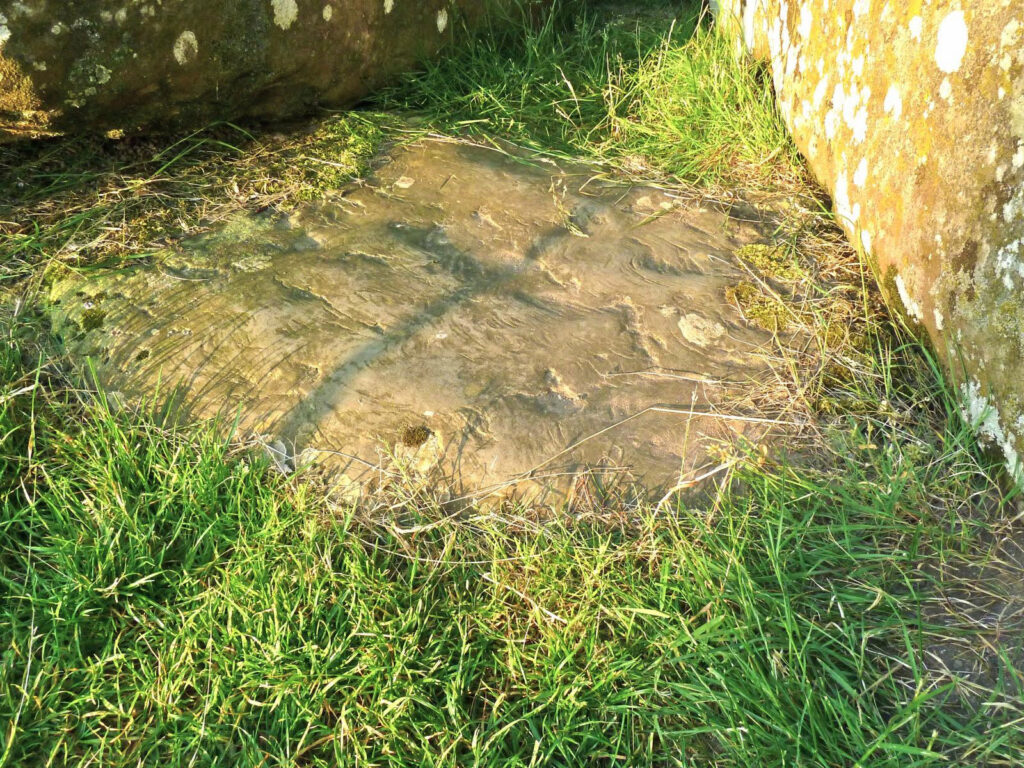The Distant Origins of a Stonehenge Stone
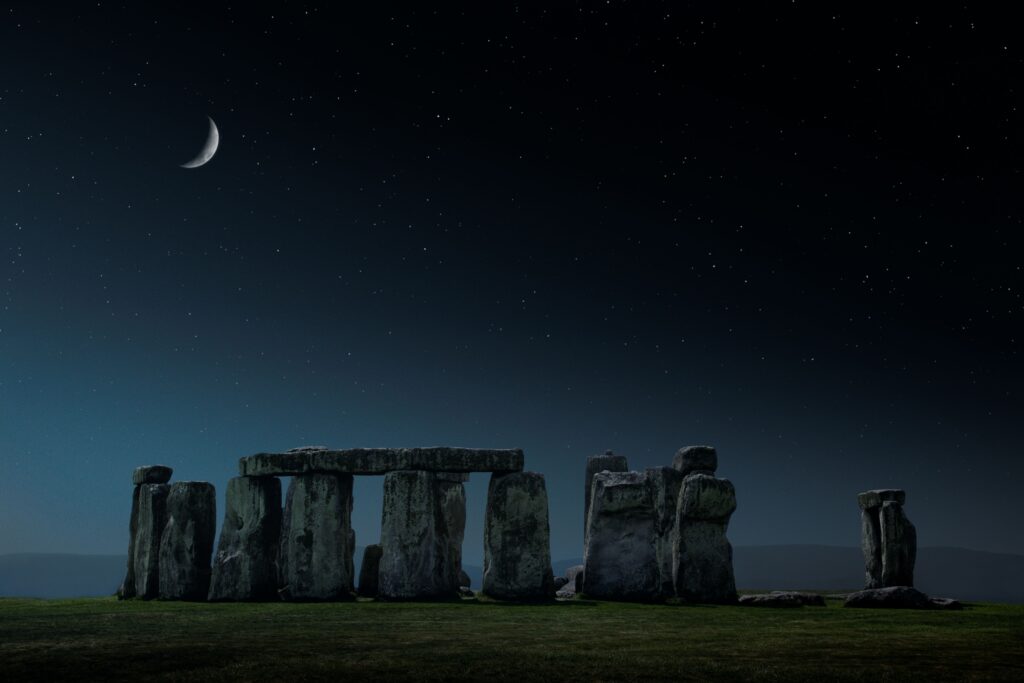
This article was originally published at The Conversation and has been republished under Creative Commons.
No one is certain why Stonehenge was built. This world-famous monument on Salisbury Plain in Wiltshire in southwestern England is thought to commemorate the dead and is aligned with movements of the sun and moon.
It consists of an outer ring and inner horseshoe of large “sarsen” and “trilithon” stones, and an inner circle and horseshoe of smaller “bluestones.” It was built in several phases between 5,000 and 4,200 years ago.
The Altar Stone is one of the most enigmatic rocks at Stonehenge and is generally grouped with the bluestones. Despite its name (suggested as its use by the architect Inigo Jones in 1620), its function is unknown.
Lying flat at the heart of Stonehenge, the 6-tonne, 5-meter-long rectangular Altar Stone is a gray-green sandstone, far bigger and different in its composition from the other bluestones. So, where did it come from?
In our new paper published in Nature, we have traced the Altar Stone’s source to northeast Scotland, meaning it traveled at least 700 kilometers to Salisbury Plain. This is an incredible distance for Neolithic times. The oldest-known wheel in Britain is 3,000 years old. This stunning finding sheds new light on the capabilities and long-range connections of Neolithic inhabitants in what is today Britain.
Let’s review what we know and how we pinned down the region where the Altar Stone originated. The big stones at Stonehenge (sarsens) come from a few tens of miles away, but moving these 30-tonne monsters was no mean feat in Neolithic times.
The smaller, exotic bluestones are a different story. Not local to Stonehenge, they weigh typically 1–3 tonnes and are up to 2.5 meters tall. The Altar Stone, also not local, is twice the size of the largest other bluestone. It is not known when it arrived at Stonehenge, nor if it ever stood upright.
Not until 1923 did geologist H.H. Thomas recognize that most of the igneous bluestones came from the Mynydd Preseli in Pembrokeshire in southwest Wales. Our ongoing work has refined the sources of these igneous bluestones to individual crags on the northern slopes of the Preseli hills.
Read more from the archives: “Stop Projecting Nationalism Onto Stonehenge.”
Thomas also suggested that the Altar Stone was probably taken from old red sandstone rocks found to the south and east of the Mynydd Preseli on the presumed bluestone transport route to Stonehenge. The suggestion stuck, and for 80 years, it went unchallenged.
In the early 2000s, we started to look again at supposed Altar Stone fragments in museum collections. Some fragments were clearly wrongly identified, so the time-consuming process of clarifying the situation began.
Initially, the Altar Stone’s origin was suggested to be in western Wales near Milford Haven. But at the end of the 2010s, we further subjected its fragments to a variety of geological analyses. These results hinted at eastern Wales or the Welsh borders as its source, which discounted the west Wales origin.
But without directly sampling the Altar Stone, how could we be sure that the museum fragments were genuine? Today we are not allowed to knock lumps off Stonehenge, as happened in the past.
A Novel technique
In the early 2020s, we started using handheld X-ray fluorescence analysis, a non-destructive chemical analytical method, on the Stonehenge bluestones—particularly on the many claimed Altar Stone fragments collected by older archaeological excavations. We then compared these with X-ray fluorescence analyses from the surface of the Altar Stone itself.
Sediment grains in the Altar Stone are cemented together by the mineral baryte, giving it an unusual chemical composition that’s high in the element barium. A few museum fragments were identical to the Altar Stone—proving that a labeled fragment removed from the Altar Stone in 1844 was genuine was crucial. These few, precious fragments could be used for our study, so we didn’t need to collect new samples directly from the Altar Stone.
Meanwhile, our scientific team now included geologists from England, Wales, Scotland, Canada, and Italy. We had been analyzing a range of old red sandstone samples from across Wales and the Welsh borders to try to find a chemical and mineralogical match for the Altar Stone. Nothing looked similar. By autumn 2022, we concluded that the Altar Stone could not be from Wales and that we needed to look farther afield for its source.
At the same time, a chance contact from Tony Clarke, a doctoral student at Curtin University in Perth, Western Australia, offered a possibility to go further. We invited the Curtin group to determine the ages of a series of minerals in two of the Altar Stone fragments, hoping this would provide information on the Altar Stone’s age and possibly its origin. This method dates mineral grains in the rock and gives an age “fingerprint,” tying the grains to a particular region.
Our new study published in Nature shows that the Altar Stone’s age fingerprint identifies it as coming from the Orcadian Basin in northeast Scotland. The findings of this age dating are truly astonishing, overturning what had been thought for a century.
It’s thrilling to know that the culmination of our work over almost two decades has unlocked this mystery. We can say with confidence that this iconic rock is Scottish and not Welsh, and more specifically, that it came from the old red sandstones of northeast Scotland.
With its origin in the Orcadian Basin, the Altar Stone has traveled a remarkably long way—a straight-line distance of at least 700 kilometers. This is the longest-known journey for any stone used in a Neolithic monument.
Our analyses cannot answer how the Altar Stone got to Stonehenge. Forests posed one of several physical barriers to overland transport. A journey by sea would have been equally daunting. Similarly, we cannot answer why it was transported there.
Whatever archaeologists may discover in the future, our results will have huge ramifications in helping to understand Neolithic communities, their connections with one another, and how they transported things across distances. Meanwhile, our search for an even more precise source of the Altar Stone continues.![]()
